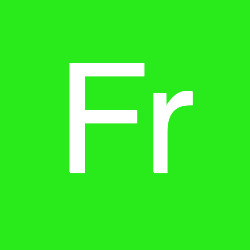Info
Host of the following copepods:
Doridicola titillans Humes, 1982
Asteropontius parvipalpus Stock, 1975
Critomolgus titillans (Humes, 1982)
Synonymised names:
Anthea gigantea Weinland, 1860 · unaccepted (original binomen)
Bunodes passiflora D. & Mich. · unaccepted
Codylactis giganthea · unaccepted
Condylactis gigantean · unaccepted
Condylactis giganthea · unaccepted
Condylactis passiflora Duchassaing de Fombressin & Michelotti, 1864 · unaccepted
Ilyanthopsis longifilis Hertwig, 1888 · unaccepted







 Pauline Walsh Jacobson, USA
Pauline Walsh Jacobson, USA

















